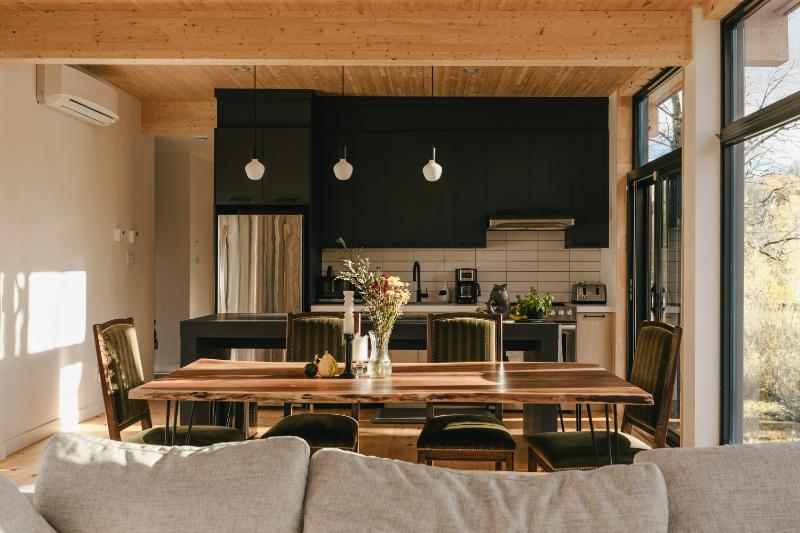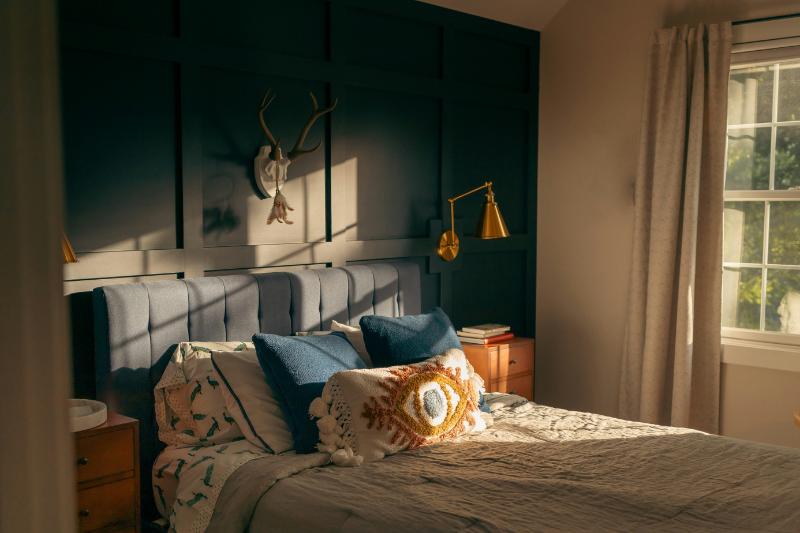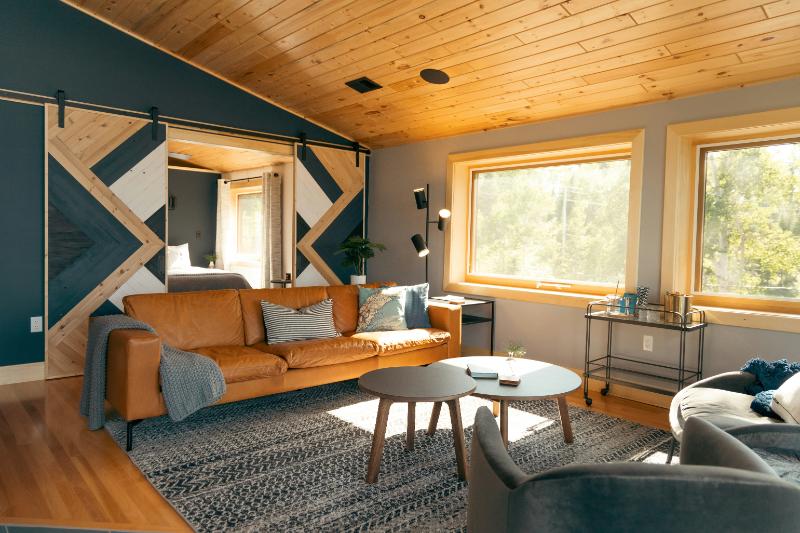Interior design transcends mere aesthetics, embedding itself within the fabric of our living spaces to enhance both functionality and form. It’s a meticulous art that balances creativity with practicality, transforming ordinary spaces into reflections of personality and purpose.
At the core of this transformation lie fundamental design principles – guidelines that harness the power of color, texture, space, and more, to create cohesive and harmonious environments. For aspiring and seasoned interior designers alike, understanding and applying these principles is key to creating spaces that not only look stunning but also feel intuitively right.

Learning the Basics
Before venturing into the depths of interior design and exploring its endless creative possibilities, you need a good grasp of the basics. An excellent way to deepen your understanding of the core concepts is through the courses offered by ArchAdemia, which cover a broad spectrum of topics from color theory to spatial planning.
A solid foundation in design principles equips designers with the tools necessary to put together aesthetically pleasing spaces and enables them to solve complex spatial challenges. Learning the basics is key to understanding how different elements interact within a space, influencing mood, perception, and functionality.
From understanding color theory and its psychological impact to mastering the art of balance and proportion, the basics provide a framework that guides every decision in the design process. This foundational knowledge is indispensable, serving as the backbone to every successful design project.
The Balance of Elements and Space
The principle of balance involves distributing the visual weight of objects, colors, textures, and space within a room to achieve equilibrium. When balance is achieved, the result is a design that feels stable and aesthetically pleasing.
This can be accomplished through symmetrical, asymmetrical, or radial arrangements, each offering a unique ambiance. Symmetrical balance creates a mirror image effect that evokes formality and elegance, while asymmetrical balance offers a more dynamic and contemporary feel. Radial balance, though less common, involves arranging elements in a circular pattern, leading the eye outward from a central point and can instill a sense of movement and spontaneity in a space. Understanding how to apply these forms of balance allows designers to create environments that are both beautiful and grounded.
The Harmony of Color and Light

Color and light are pivotal in defining the aesthetic and mood of a space. The principle of harmony in color involves choosing a palette that complements the purpose and atmosphere of the room, using color theory to blend shades and tones beautifully.
Natural and artificial light affect how these colors are perceived, with different lighting conditions altering the visual impact of the chosen palette. Thoughtful application of both can dramatically enhance the warmth, depth, and dynamic of an interior, creating spaces that are inviting and visually cohesive.
The Rhythm of Patterns and Repetition
Creating rhythm in interior design involves using recurring elements such as patterns, colors, or textures to create a visual cadence that guides the viewer’s eye through the space. This can be achieved through repetition, progression, or transition, each method contributing to the overall flow of the room.
Repetition strengthens a cohesive theme, progression offers a sense of movement by varying the attributes of an element, and transition softly guides the eye in a non-linear fashion. Mastering rhythm allows designers to imbue spaces with a seamless sense of continuity and movement.
The Scale and Proportion of Furnishings
The relationship between objects within a space is governed by the principles of scale and proportion. Scale refers to the size of an object in relation to the space it occupies, while proportion refers to the ratio between elements in a design.
Correctly leveraging these principles ensures that each piece of furniture or decor fits harmoniously within the overall context, maintaining a balanced and comfortable environment. Attention to scale and proportion prevents spaces from feeling overcrowded or sparse, creating rooms that are both aesthetically pleasing and functional.
The Focus and Focal Points
A well-designed room often has one or more focal points to attract attention and anchor the viewer’s gaze. This could be a prominent piece of art, a striking piece of furniture, or an architectural feature. The key is to design the space in such a way that these focal points are highlighted without overwhelming the senses.
This involves thoughtful consideration of spacing, lighting, and complementary elements that accentuate the focal point, drawing the eye naturally and creating a visually engaging experience. By skillfully establishing and enhancing focal points, interior designers can elevate the intrigue and allure of any space.

Interior design is a blend of creativity and methodical planning, guided by fundamental principles that ensure every space is as functional as it is aesthetically captivating. Grasping these principles is the starting point for designers to innovate, experiment, and truly make a mark with their work.
From the harmony of color and light to the precise balance of scale and proportion, the elements of design come together to create environments that resonate with individuals on a deeply personal level. For those venturing into the world of interior design, the journey is a lifelong exploration of balance, harmony, rhythm, scale, and focus.
By continually applying, observing, and refining these core principles, designers not only enhance the physical spaces we inhabit but also enrich the way we experience the world around us.
